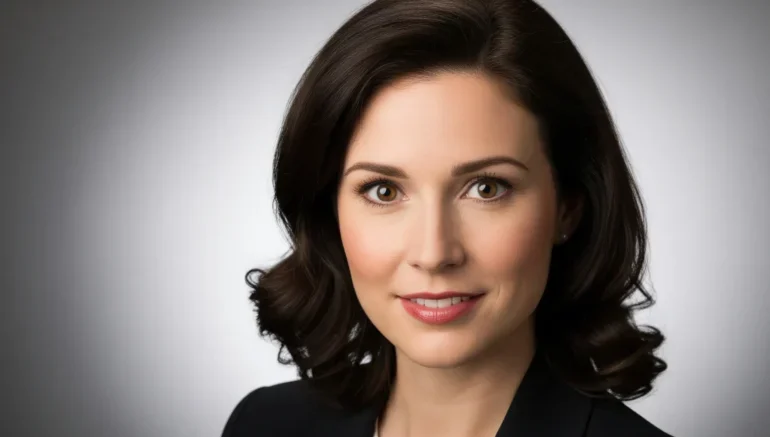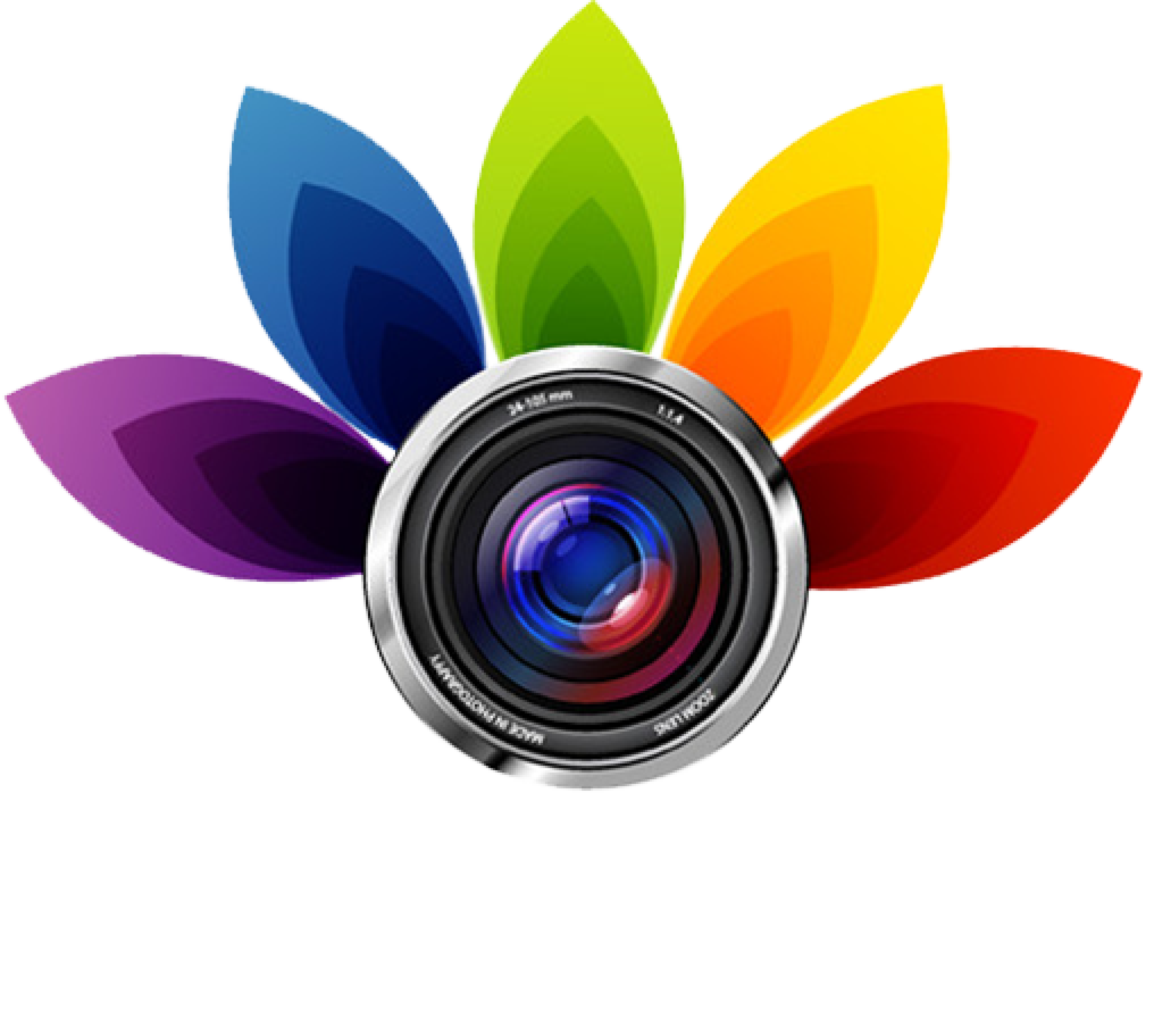
Perfecting Studio Headshots for Extraordinary Results
A professional headshot isn’t just a regular photo, it’s a chance to showcase yourself personally and professionally. Perfecting studio headshots assure you make a strong first impression, even if its for LinkedIn, a company website, or a business card. A well-crafted studio headshot can leave a lasting impact on potential employers, clients, or partners, showing confidence and professionalism from the very first look.
A good headshot shows you as professional, confident, and easy to talk to. On the other hand, a bad or poorly taken photo can give people the wrong idea about you. A great headshot helps you present yourself as competent and approachable, leaving a positive and lasting impact. This is why getting it right is so important.
Studio headshot photography gives you a space where you can control or adjust everything. This means you can manage the lighting, background, and how the photo looks overall. Unlike natural light or random settings, a studio provides the opportunity to customize each element to your preference. In this setting, you can adjust every detail, from lighting to pose to background, making sure to get the perfect shot. You can change the lighting to make it look very flattering, pick a background that matches your personality or job, and tweak the setup to show yourself in the best way possible.
If you’re creating your first professional headshot or updating an old one, perfecting studio headshots helps you achieve a clean, sharp, high-quality photo that shows both your personality and professionalism. The studio setup puts you in control, giving you the best chance to photograph a headshot that truly feels like you. Here’s a guide on the basics: how to prepare for the shoot, set up proper lighting, get the right expression, and edit the photo to make it look polished.
Preparing for a Studio Headshot Shoot
 Preparation is important when it comes to studio headshot photography. The more prepared you are, the better your experience will be and the better your final headshot will look. Start by thinking about the message you want your headshot to convey. If you work in a traditional, corporate setting, your attire should be formal and professional, such as a well-fitted suit or a button-up shirt. Corporate headshots usually look better with neutral colors like black, white, navy, or gray because they give a professional and serious impression. On the other hand, if you work in a creative field, such as photography, graphic design, or marketing, you may want to show off a bit of your personality.
Preparation is important when it comes to studio headshot photography. The more prepared you are, the better your experience will be and the better your final headshot will look. Start by thinking about the message you want your headshot to convey. If you work in a traditional, corporate setting, your attire should be formal and professional, such as a well-fitted suit or a button-up shirt. Corporate headshots usually look better with neutral colors like black, white, navy, or gray because they give a professional and serious impression. On the other hand, if you work in a creative field, such as photography, graphic design, or marketing, you may want to show off a bit of your personality.
You can still maintain a professional look, but you might choose something a little more relaxed, like a stylish suit or a shirt with a unique but simple design. Another part of your preparation includes grooming. For both men and women, make sure your hair is styled in a way that you feel confident. Don’t try a new hairstyle right before the shoot, as it could make you feel uncomfortable. If you wear makeup, keep it natural and avoid going for a drastically different look.
Setting Up Good Lighting
 Lighting plays a big role in how a headshot will look. The right lighting highlights your best features, while bad lighting can make you look tired or washed out. In a studio, you control the lighting. This is one of the biggest benefits of studio headshot photography. One of the most complimentary lighting setups is a three-point lighting system, which includes a key light, a fill light, and a back light. The key light is your primary light source and should be positioned at a 45-degree angle from your face. This light is responsible for illuminating the majority of your face, so it should be radiant but soft.
Lighting plays a big role in how a headshot will look. The right lighting highlights your best features, while bad lighting can make you look tired or washed out. In a studio, you control the lighting. This is one of the biggest benefits of studio headshot photography. One of the most complimentary lighting setups is a three-point lighting system, which includes a key light, a fill light, and a back light. The key light is your primary light source and should be positioned at a 45-degree angle from your face. This light is responsible for illuminating the majority of your face, so it should be radiant but soft.
Using a softbox or an umbrella to soften the light can help avoid harsh shadows and create a gentle, compliment glow on your face. The fill light, placed opposite the key light, helps to soften the shadows created by the key light. This light should be less intense than the key light, as it’s designed to fill in the darker areas without overpowering the subject.
When perfecting studio headshots, avoid lighting setups that create harsh shadows under the eyes, chin, or nose, as these can make you look tired or older. Keep the light at eye level to prevent unflattering shadows. If using a single-light setup, make sure the light is soft to avoid strong contrasts that distract from the face. Even, flattering lighting makes your studio headshot looks professional and polished.
The Perfect Expression
 When it comes to headshot photography, your expression is everything. The expression in your photo reflects your personality and professionalism, so make sure it looks natural, confident, and approachable. The best expressions for professional headshots are those that communicate warmth and friendliness without being overly casual. It’s important to look approachable but also authoritative in your field. One key to perfecting studio headshots is maintaining good posture. A straight back and relaxed shoulders convey confidence, while unphotogenic posture can make you look tired or disengaged.
When it comes to headshot photography, your expression is everything. The expression in your photo reflects your personality and professionalism, so make sure it looks natural, confident, and approachable. The best expressions for professional headshots are those that communicate warmth and friendliness without being overly casual. It’s important to look approachable but also authoritative in your field. One key to perfecting studio headshots is maintaining good posture. A straight back and relaxed shoulders convey confidence, while unphotogenic posture can make you look tired or disengaged.
Keep your shoulders at a natural, comfortable angle and avoid stiff poses or crossing your arms, which can appear closed off. A slight head tilt adds interest, and an authentic, natural smile makes the headshot feel relatable and professional.
You don’t need a huge grin, but a soft, genuine smile will go a long way in making your headshot feel warm and welcoming. It’s also important to maintain eye contact with the camera. Your eyes should engage the viewer, establishing a connection and making you feel more approachable.
In some cases, people might choose a more serious or neutral expression if it aligns better with their industry or brand. For example, lawyers, consultants, or senior leaders might choose a more formal, serious expression to show authority. Even in serious headshots, it’s still important to keep some warmth in your eyes so you don’t seem cold or unfriendly. Remember, your expression is one of the first things people see, so take a second to relax and get into the right mood before the camera starts clicking.
Post-Production Techniques
 Post-production is the stage where your headshot truly comes to life. A great photograph is important, but post-production helps take the image to the next level. removing any minor imperfections and making sure the photo is as professional as possible. The goal of editing is to make the photo look clean and professional while still keeping the person’s natural appearance.
Post-production is the stage where your headshot truly comes to life. A great photograph is important, but post-production helps take the image to the next level. removing any minor imperfections and making sure the photo is as professional as possible. The goal of editing is to make the photo look clean and professional while still keeping the person’s natural appearance.
Start by removing minor imperfections such as blemishes or stray hairs. This is a common step in most headshot retouching, but be careful not to overdo it. The goal is to smooth out any flaws without making your skin look unnaturally smooth or over processed.
In addition to skin retouching, you can adjust the exposure and contrast to improve the lighting, highlight details, and make your features stand out. If the photo looks too dark or too radiant, these adjustments can help bring the right balance back into the image. Adjusting the color balance can also make the headshot look more vibrant and engaging. You may want to fine-tune the color of your clothing, your skin, and the background to make sure they all blend seamlessly. Remember, your headshot should still look like you. Overediting can make you look too polished or fake, which defeats the purpose.
Make sure the composition of your headshot is clean and well balanced. Crop the image so that your face is the focus, but leave a little room above your head and around your shoulders for a more polished, balanced look. The final crop should be tight enough to draw attention to your face but not so tight that it cuts off parts of your head or body. A slight vignette effect around the edges can also help to draw focus to your face, but don’t overdo it. In post-production, less is often more.
Conclusion
Perfecting studio headshots is an art that requires attention to detail at every step. By preparing for your shoot, setting up proper lighting, taking a natural yet confident expression, and doing light editing, you can create a headshot that looks professional and authentic. A well-crafted studio headshot helps you stand out in a competitive job market, leave a lasting impression on clients, and strengthen your personal brand.
Studio photography lets you control every aspect of the shot, from lighting to expression to composition. By taking the time to learn the basics of studio headshot photography, you make sure your headshot not only shows you at your best but also shows professionalism, confidence, and approachability. A good headshot is a must for updating your resume, refreshing your LinkedIn profile, or making marketing materials for your business. So, the next time you need a new headshot, follow these tips and take pride in a photo that truly shows who you are, both at work and in life.
Read Next: How to Choose Between AI Editing and Manual Retouching





